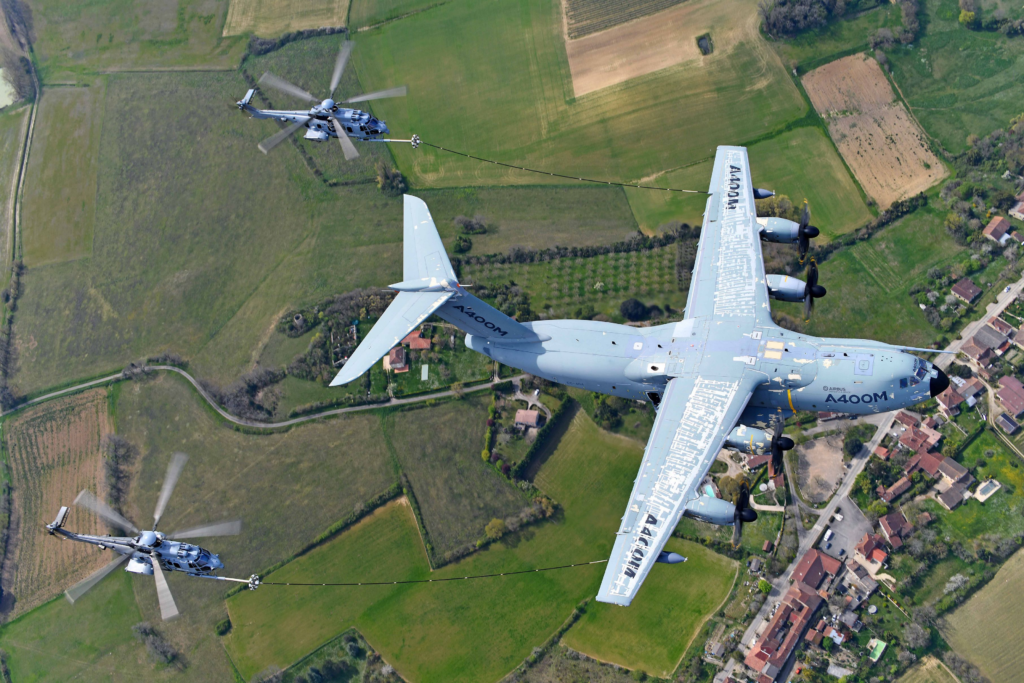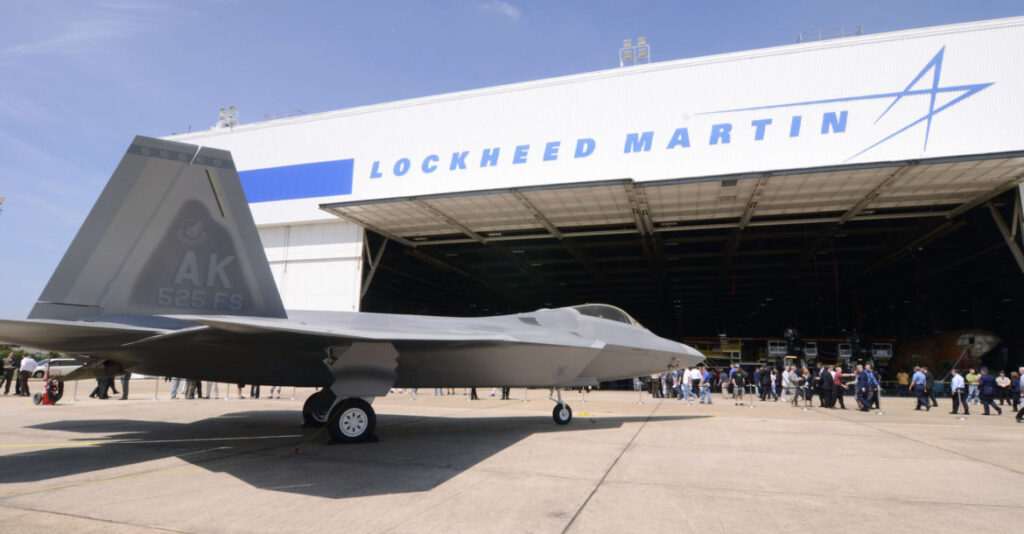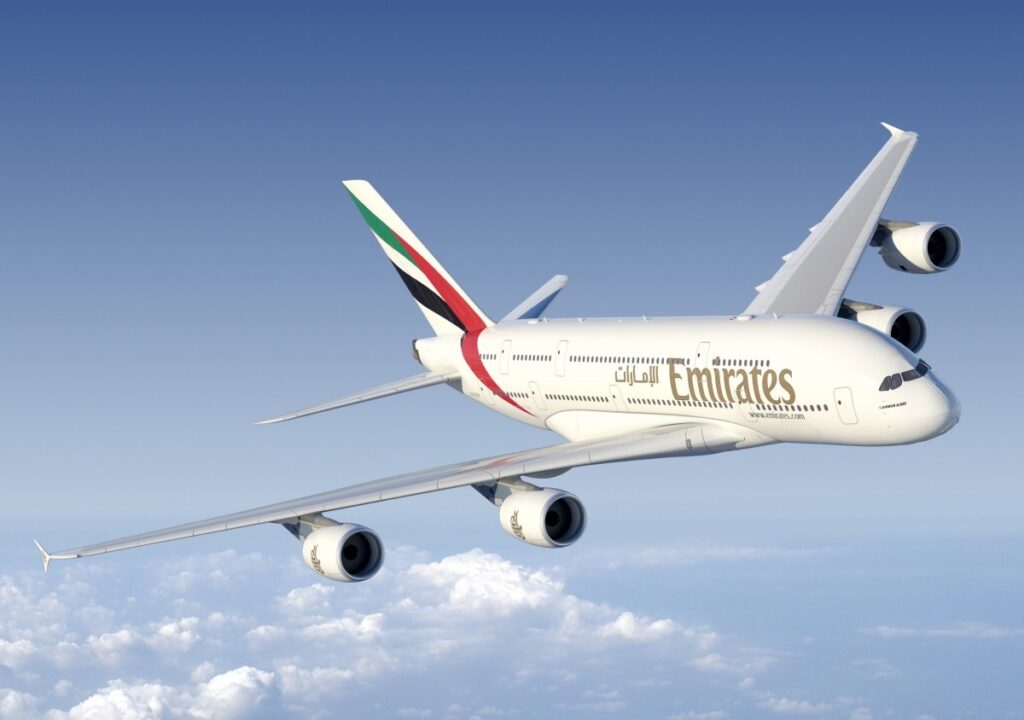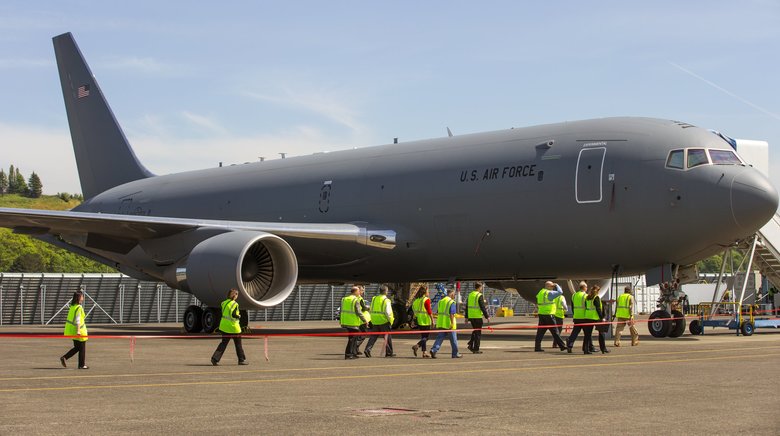New Special Edition Appearance Package Brings Throwback Style to Mustang Family
DEARBORN, Mich., Aug. 19, 2021 – Today in celebration of the Woodward Dream Cruise, Ford Motor Company (NYSE: F) is taking a page out of its Mustang history book with the introduction of the new Mustang…








